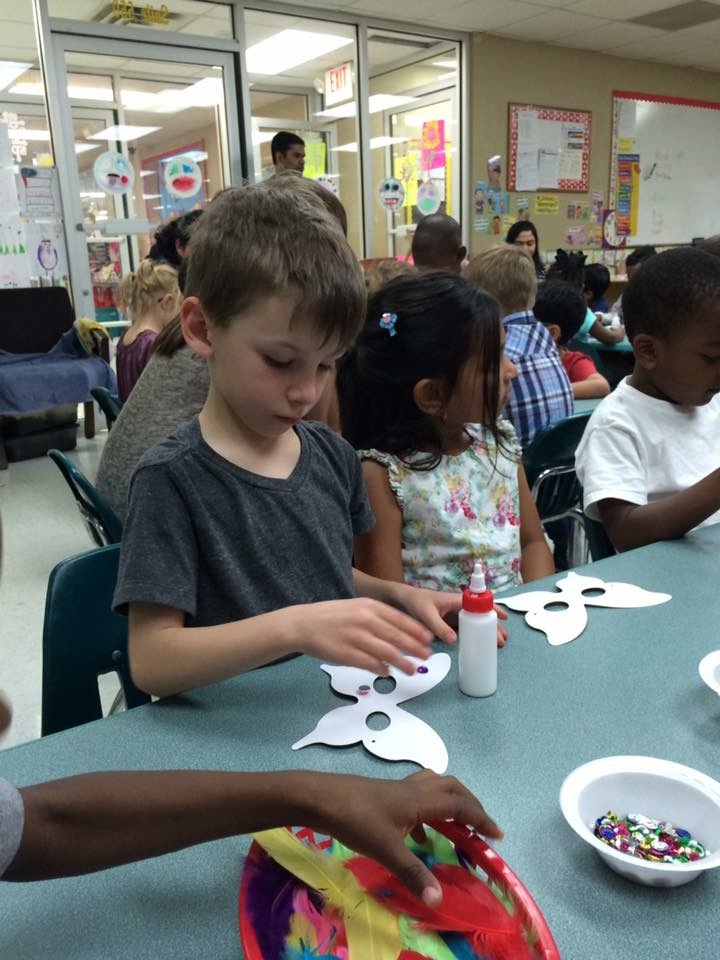Public speaking is a skill students need. The skill of speaking to an audience should be introduced in the elementary grades. Students need to learn early how to express themselves in front of others. Learning the skill of public speaking has benefits that students need as they get older. It helps them to communicate and inspire others. When students learn the skill of speaking to others, they can effectively convey their point and communicate with impact.
The skill of speaking is an esteem booster. It helps students to think critically and creatively. Through speaking, new connections are made in social circles that enhance personal relationships. Therefore, they become more comfortable wth peers and others outside the classroom.
Challenges to Public Speaking
Many fears exist with teaching students the skill of public speaking. Most elementary students still need reading skills. Thus, it may be a time constraint to add speaking exercises to a busy day’s list. Students also need vocabulary development, but introducing speaking in front of an audience is a strategy to encourage a more difficult vocabulary.
Students fear embarrassment when speaking in front of peers. Proper coaching alleviates the fear.
- Young children can practice with story time or show-and-tell activities.
- All students can practice with a partner. This takes the pressure off the speaker because no one is listening or watching.
- Gradually increase the audience as students become comfortable speaking.
- Use acting games and skits to help students get comfortable speaking in front of an audience.
- Video recording helps students to see themselves and to improve their speaking.
The more opportunities students have in front of a class or peers, the easier it becomes.
Filler Words



